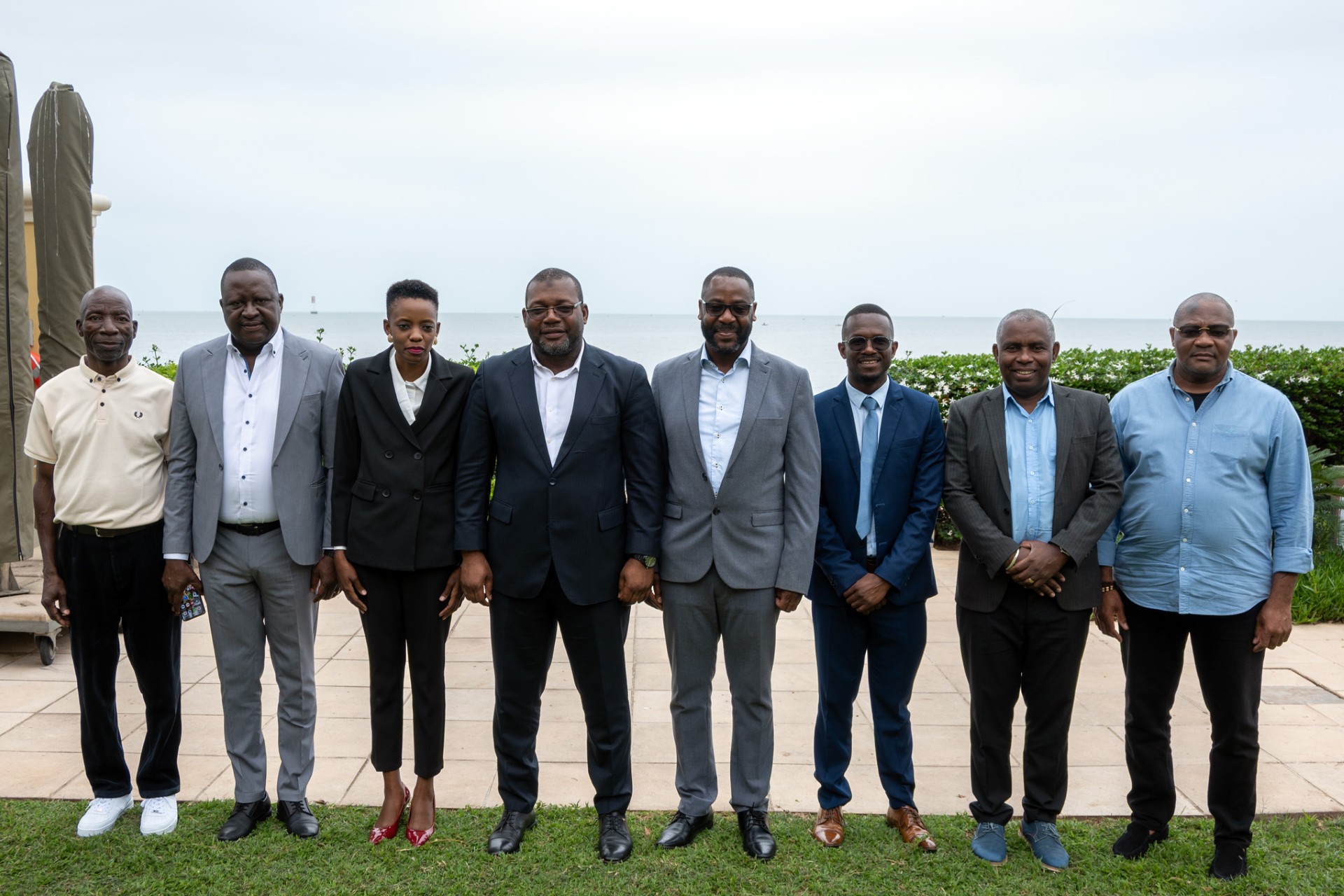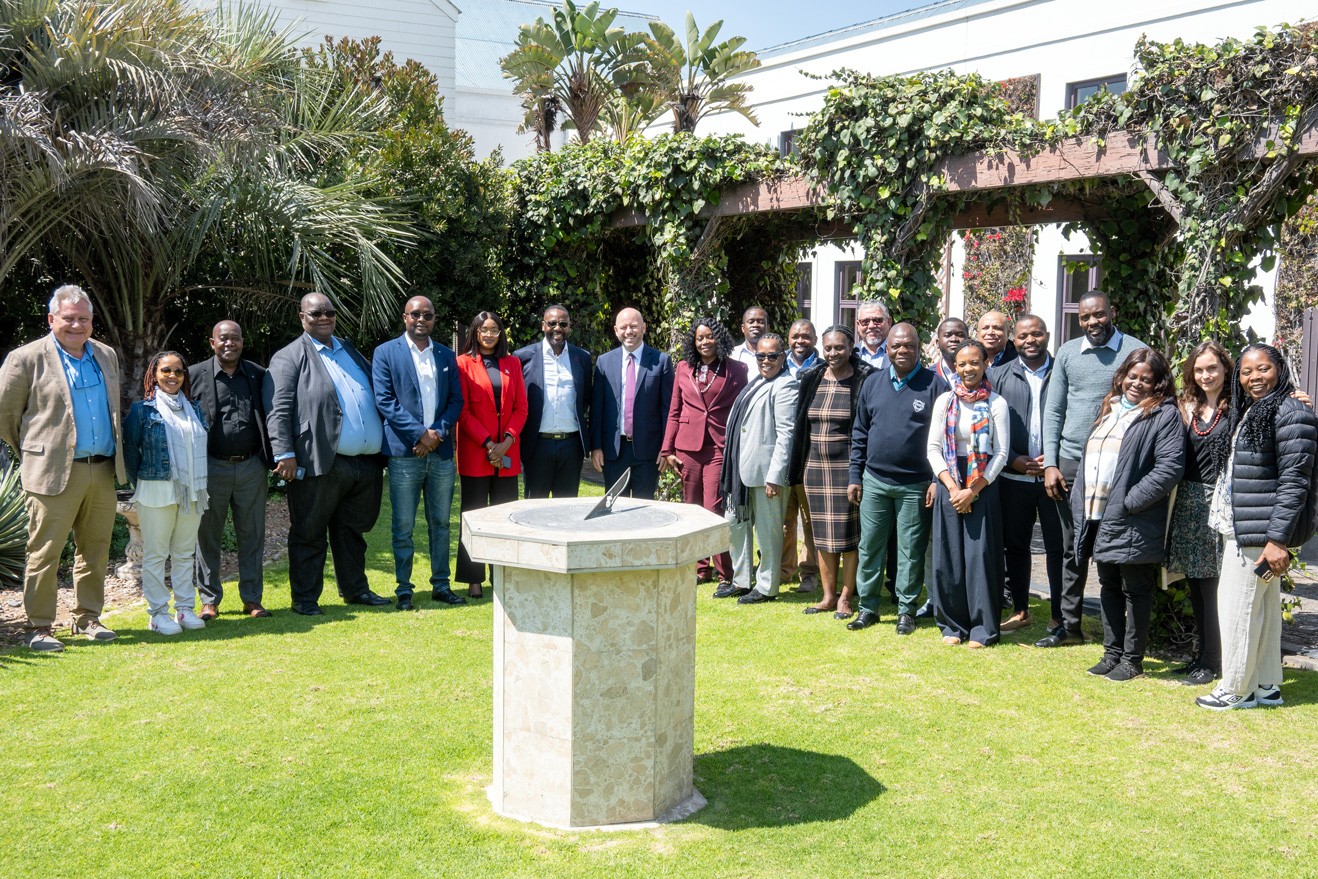SADC Ministers adopt key policy to implement a regional register of fishing vessels
Harare – May 30, 2025

Ministers of the Southern African Development Community (SADC) in charge of fisheries showed again their commitment and leadership to regional cooperation to protect the region’s fisheries, as they approved the Code for the Establishment and Implementation of the SADC Regional Register of Fishing Vessels (RRFV) through the SADC Regional Coordination Centre for Monitoring, Control and Surveillance (MCSCC). The ‘RRFV Code’ was approved by the SADC Ministers of Agriculture and Food Security, and Fisheries and Aquaculture in Harare, Zimbabwe on 30 May 2025.
The SADC RRFV had been on the table since the adoption of the 2001 SADC Protocol on Fisheries, and in 2017 it was identified as a key function of the MCSCC. With the adoption of the RRFV Code, the Ministers have moved one step further to operationalise the Register and the regional capacity to better manage fisheries.
A strong tool to combat IUU fishing
The RRFV will be a powerful tool to support the region in monitoring the vessels fishing in our waters and to combat illegal, unreported and unregulated (IUU) fishing. In 2022, the Ministers approved the Code for Harmonised Fisheries Monitoring, Control and Surveillance Data and Information Sharing through the MCSCC (the Information Code). This Code requires that “Vessels not listed in the MCSCC Secretariat registration system are not allowed to fish in the zone, carry out transshipment or receive support, except in verifiable emergency situations, such as force majeure” (MCSCC Information Code Article 9.3), making the Regional Register an essential tool in the MCSCC toolkit.
Aligning with existing initiatives on transparency
The transparency envisioned through the Regional Register will reinforce the capacity to protect fisheries, especially for Member States with vast oceans to monitor. SADC Member States who have engaged in the Fisheries Transparency Initiative (FiTI), such as the Seychelles and Madagascar, have already seen the advantages of transparency as a cost-effective tool to support more sustainable management of fisheries, which in essence is the vision of the SADC Protocol on Fisheries.
Supporting Member States to meet regional and international commitments
However, the SADC Regional Register will go beyond transparency as it will be more than just a list of fishing vessels, as a tool coordinated by the MCSCC, based on harmonised minimum terms and conditions for access to operate in the region. The RRFV Code sets four initial conditions for access for eligible fishing vessels:
- The fishing vessel must have a flag State authorisation
- The fishing vessel must have a unique vessel identifier
- The fishing vessel must not be listed on any RFMO IUU fishing list
- The fishing vessel must not be the subject of an INTERPOL notice or alert
These conditions for access reflect regional and international best practice and are already widely required by SADC States.
An inclusive Regional Register
Implementing the RRFV will require a phased process, aiming for a launch by 2028, with the initial focus being on fishing vessels above 12m length overall, aligning with international best practices set by the Food and Agriculture Organization of the United Nations in their Global Record of Fishing Vessels, Refrigerated Transport Vessels and Supply Vessels (Global Record).
The RRFV Code has a broad and inclusive framework including fishing vessels conducting fishing or fishing-related activities in industrial, small-scale and artisanal fisheries in marine and inland waters of the SADC region. More information on small-scale marine and inland fishing vessels will also help to highlight the importance of these sectors, which are too often overlooked. In 2022, it was estimated that one hundred million people in SADC, or 27 percent of the total regional population, were dependent on small-scale fisheries and aquaculture for their livelihoods. When fully implemented, the RRFV will also offer a practical tool to enhance monitoring of fishing capacity by SADC States.
The MCSCC Secretariat ready for the next steps – and calls on a collective effort
The Ministers have made a significant step in the realisation of the Regional Register and empowered the MCSCC to execute the roadmap for its implementation, with support from the MCSCC Operational Task Force. The next steps will include proposing a fee structure for eligible fishing vessels, developing procedures for application and sensitising stakeholders including flag States and the fishing industry in respect to the Regional Register.
The development of the RRFV and its implementation have been a joint effort with various SADC MCSCC partners supporting the process. These include the African Development Bank, the African Union, the Embassy of the United States of America, the Federal Ministry for Economic Cooperation and Development (BMZ), FishFORCE, Oceans 5, Stop Illegal Fishing (SIF), The Waterloo Foundation, TRAFFIC and WWF. The SADC MCSCC is grateful to all partners for their ongoing support to this process.
For more updates, stay tuned on our website and social channels.


